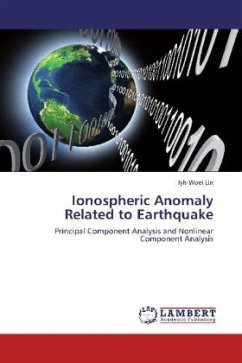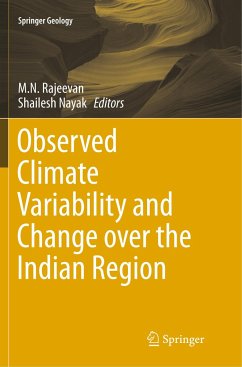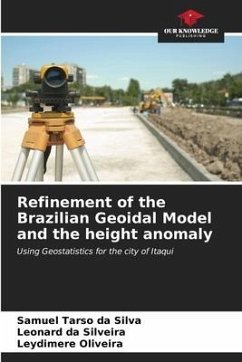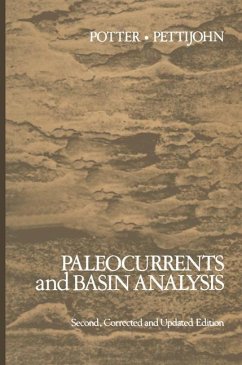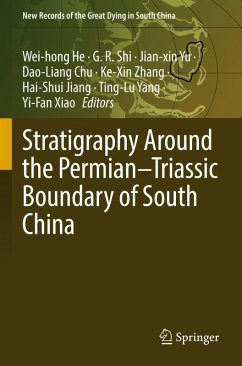
The Southern Boundary Region of the Winter Anomaly in Ionospheric Absorption in Winter 1971/72 Observed on Board the Cargo Vessel "Hanau" of Hapag-Lloyd Moving between 10° and 55° N

PAYBACK Punkte
39 °P sammeln!
In the period 28 November 1971 to 12 February 1972. during three passages of the North Atlantic. the diurnal variation of ionospheric absorption L was measured by method Al at 1. 7 and 5. 0 MHz as a function of geographic and geomagnetic parameters. The measurements were carried out. applying a new equipment especially designed for mobile expeditions. on board a cargo vessel (mv "Hanau" of Hapag 0 0 0 0 -Lloyd) moving between Hamburg (53 N; 10 E) and La Guaira (11 N; 67 W). Simultaneously. in the framework of the European Cooperation on Winter Anomaly studies. measurements of absorption were m...
In the period 28 November 1971 to 12 February 1972. during three passages of the North Atlantic. the diurnal variation of ionospheric absorption L was measured by method Al at 1. 7 and 5. 0 MHz as a function of geographic and geomagnetic parameters. The measurements were carried out. applying a new equipment especially designed for mobile expeditions. on board a cargo vessel (mv "Hanau" of Hapag 0 0 0 0 -Lloyd) moving between Hamburg (53 N; 10 E) and La Guaira (11 N; 67 W). Simultaneously. in the framework of the European Cooperation on Winter Anomaly studies. measurements of absorption were made at various other locations and the data used as a basis for comparison [circuits Norddeich-Lindau 0 0 0 0 (A3; 2. 61 MHz; 52. 6 N; 8. 7 E) and Aranjuez-Balerma (A3; 2. 83 MHz; 38. 6 N; 5. 2 W). station Lan 0 0 caster (AI; 2. 14 MHz; 53 52' N; 2 45' W) 1 . Aboard. the diurnal variation of absorption showed large modifications from day to day. The behaviour of L (cos X = 0. 2) waS somewhatdifferent at each passage 0 0 but showed a common trend: The winter anomaly vanished in a transit zone between 34 and 44 N cen 0 tered at about 39 N; the same was true for the behaviour of L (cos X = 1).





